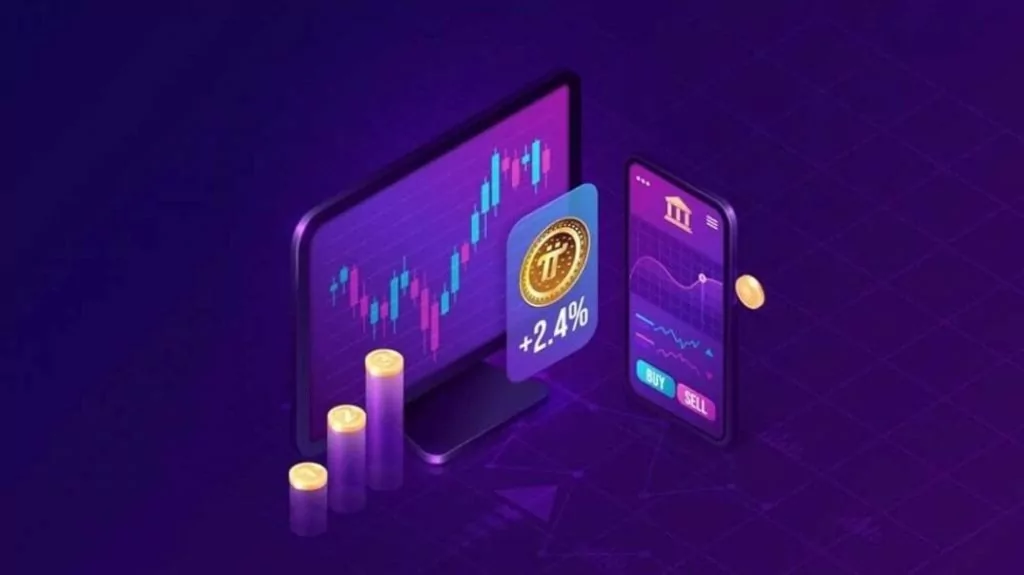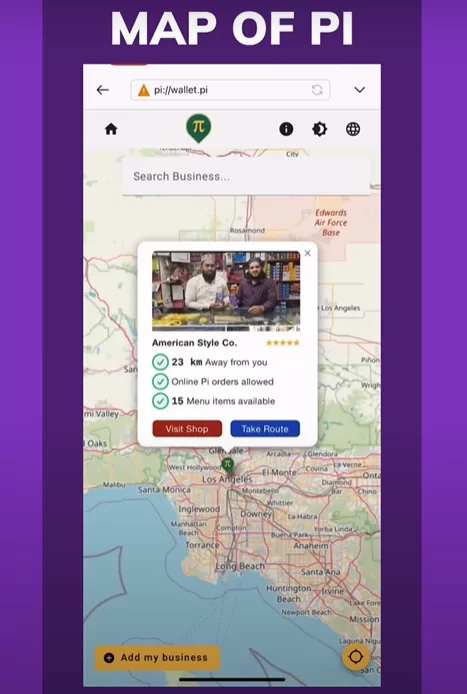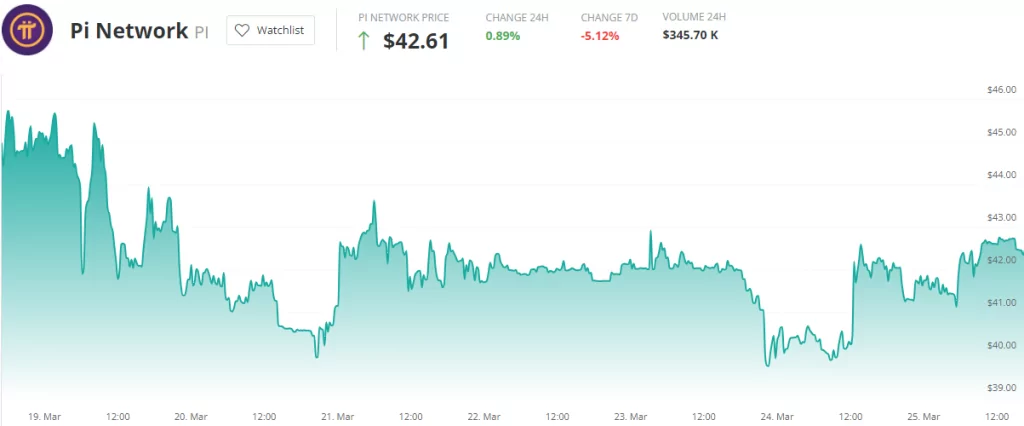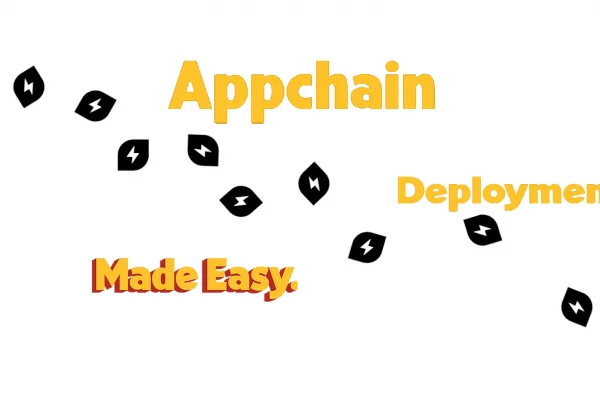
Presently, the option to sell Pi coins on established cryptocurrency exchanges like Binance, akin to trading Bitcoin or Ethereum, remains unavailable. However, this limitation doesn’t leave Pi coin holders entirely without options for selling their coins. Alternative methods include peer-to-peer transactions, direct spending at Pi-accepting merchants, and more.
The Pi Network cryptocurrency project has garnered substantial attention as it enables users to mine Pi coins through their mobile devices, and a significant number of users have accumulated a large number of Pi coins, prompting questions about how to sell them.
In this article, we will outline various approaches for selling Pi coins in 2024 and offer impartial insights into the safety and potential risks associated with each method.
How to sell Pi coins? A complete overview of options PI holders have in 2024
There are several ways that you can use in 2024 to sell your Pi coins. However, it is worth mentioning that Pi Network’s price may vary depending on the method you use.
1. Peer-to-peer transactions
At the moment, the only way of exchanging Pi coins for real money is to use various peer-to-peer methods. They allow you to set your own price for PI and sell coins to whoever might want to buy them. In general, P2P transactions fall into two categories:
- Online: While numerous social media users claim they are willing to buy Pi coins, caution is advised. Many of these online offers are often fraudulent, designed to deceive users into sending Pi coins without receiving payment.
- Offline: In-person transactions, while less convenient, are generally less susceptible to scams. However, we have limited information regarding the legitimacy of in-person Pi coin trades.
2. Direct Spending
For those who prefer not to engage in selling, Pi coins can be directly used to purchase goods and services from participating merchants. Some businesses accept Pi as payment for various products and services, expanding its practical utility.
Notably, there have been instances where even larger purchases, such as a car, were facilitated through Pi payments, as reported on the Pi Core team’s official social media.
Recently, the Pi Network team has increased its efforts toward connecting Pi coin-accepting merchants and Pi coin holders. For this reason, they have organized a hackathon that petitioned participants to build apps that can quickly allow users to locate merchants that accept PI. The winning apps, Map of Pi and PyNook, are both designed in a similar fashion, allowing users to locate Pi accepting merchants via a Google Maps-like interface.

3. Trade Pi Coin IOUs
An alternative way to speculate on Pi Network’s price is by trading IOUs on supported exchanges. IOUs represent informal agreements of debt and can be exchanged for real Pi coins once the open mainnet launches and trading begins.
It’s essential to note that Pi coin IOUs do not equate to actual Pi coins. The price of Pi coin IOUs on platforms like Huobi and Bitmart has seen fluctuations, influenced by factors such as the anticipated release of Pi Network’s detailed roadmap, new features drop, and more. According to the Pi Coin price prediction algorithm, the price of IOUs could rally by as much as +166% by next year, which could coincide with the opening of the Pi mainnet.

4. Await exchange listing
While patience may not be the preferred route, it’s worth considering waiting for the official launch of Pi Network’s open mainnet. It is widely speculated that Pi coins will be listed on cryptocurrency exchanges once the mainnet goes live.
This option eliminates the risks associated with peer-to-peer transactions and offers a more conventional trading experience, akin to established cryptocurrencies.
Recently, the Pi Network team has made efforts to attract new developers to its network, signaling potential preparations for the open mainnet launch. In addition, they have outlined several conditions that must be met before the opening of the mainnet. If everything goes according to plan, the team could open the mainnet as soon as 2024, but a 2025 release date is more likely.
The bottom line: Currently available methods of selling PI involve inherent risks
In summary, diverse methods are available for selling Pi coins. However, it may be prudent to exercise patience and await the launch of the open mainnet for a more secure and conventional trading environment. Presently, the predominant peer-to-peer approach involves inherent risks, and delays in the mainnet launch have sparked concerns within the Pi community.
In the meantime, you can check our list of the best cryptocurrencies to buy right now, which includes projects that are focusing on building and driving adoption.



